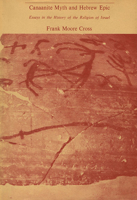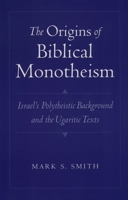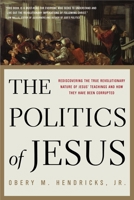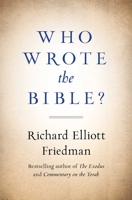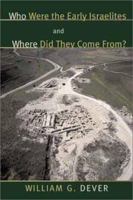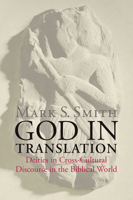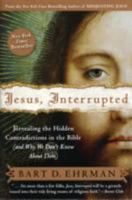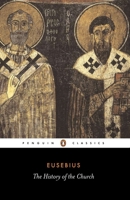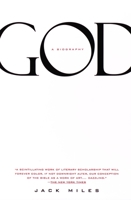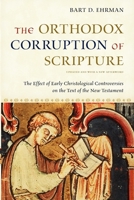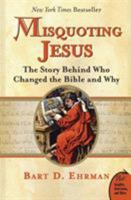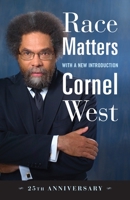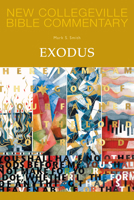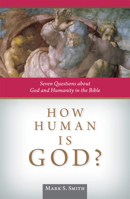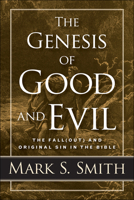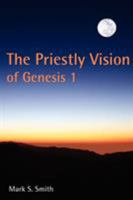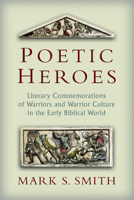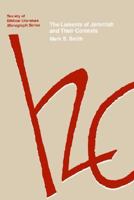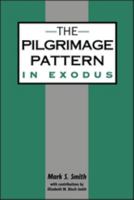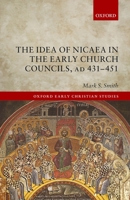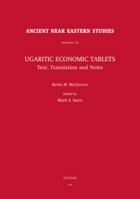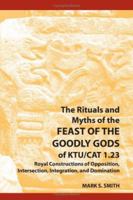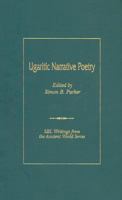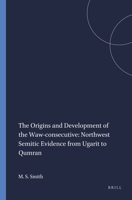The Early History of God: Yahweh and the Other Deities in Ancient Israel
Select Format
Select Condition 
You Might Also Enjoy
Book Overview
Foreword by Patrick D. Miller
In this remarkable, acclaimed history of the development of monotheism, Mark S. Smith explains how Israel's religion evolved from a cult of Yahweh as a primary deity among many to a fully defined monotheistic faith with Yahweh as sole god. Repudiating the traditional view that Israel was fundamentally different in culture and religion from its Canaanite neighbors, this provocative book argues that Israelite religion...
Customer Reviews
Rated 5 starsMark S. Smith's "Early History of God" an evolutionary eye opener!
If you're looking for a "History Channel" presentation for the general public, this isn't your book. But, if you're in need of a readable but stil extremely well-sourced, densely footnoted, and comprehensive history of the archaeology and textual evidence on the subject of the "Yahwist Cult" and its interaction with other Canaanite religious cults, this is just what you need. It is most effective in showing how "Yahweh"...
0Report
Rated 5 starsExcellent synthesis of 20th century scholarship
This is a fantastic synthesis of 20th Century scholarship on the religion of Israel in the period of the Judges and early monarchy. The Smith surveys the literature and provides his own theory of the the relationship between Israelite religion and that of other Canaanites. (One thing you will learn is that contrary to the way the situation is portrayed in the Bible, there is little to distinguish between the Israelites and...
0Report
Rated 5 starsYahweh and Canaanite deities
This book is not an introduction to ancient Israel's religion or history, or to the Hebrew Bible. It shouldn't be your first book on the topic. (For your first book, try something by Friedman. In this book Smith will not review or attempt to prove source theory, Israel's Canaanite origins, and so on.) But it is about the evolution of Yahweh through his encounters with Canaanite deities on his way to becoming the "One God"...
0Report
Rated 5 starsEarly Evidence for the Yahweh Cult.
_The Early History of God_ by Mark S. Smith traces the origins of the cult of Yahweh (YHWH) in ancient Israel based on archeological and textual material. Mark S. Smith focuses upon the rise of Yahweh and Israelite monotheism (monolatry) in ancient Israel. The cult of Yahweh is opposed to that of the cults of other Canaanite and Mesopotamian deities including El, Baal, and Asherah. Separate chapters are devoted to Yahweh...
0Report
Rated 5 starsExcellent Factual Overview Of The Religion Of Ancient Israel
This is one book on ancient Israel that actually delivers what its title promises. In "The Early History of God" Mark Smith systematically sifts through archaelogical and literary data from Bronze and Iron Age Palestine, the Mediterranean, and Mesopotamia to find the earliest evidence for YHWH, his cult, and his context. Chapters include discussions of YHWH and El, YHWH and Baal, Asherah and asherahs, cultic practices, such...
0Report










